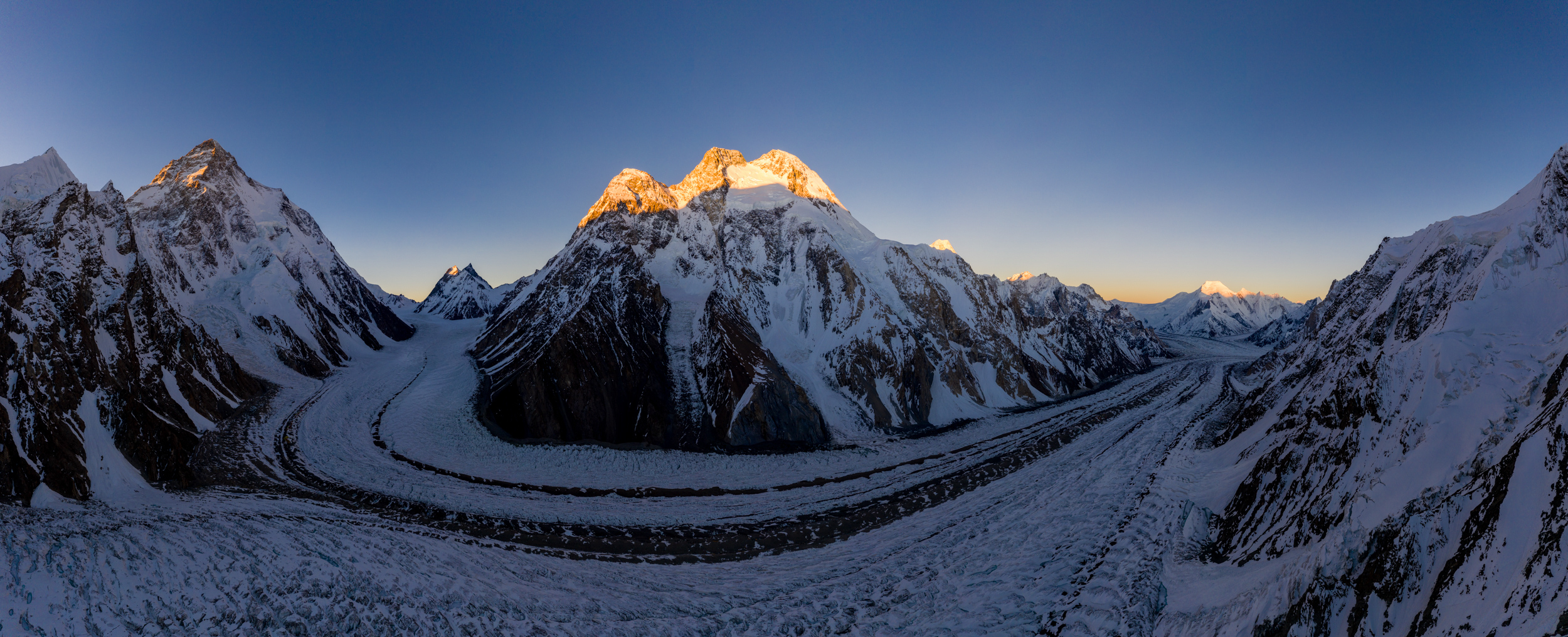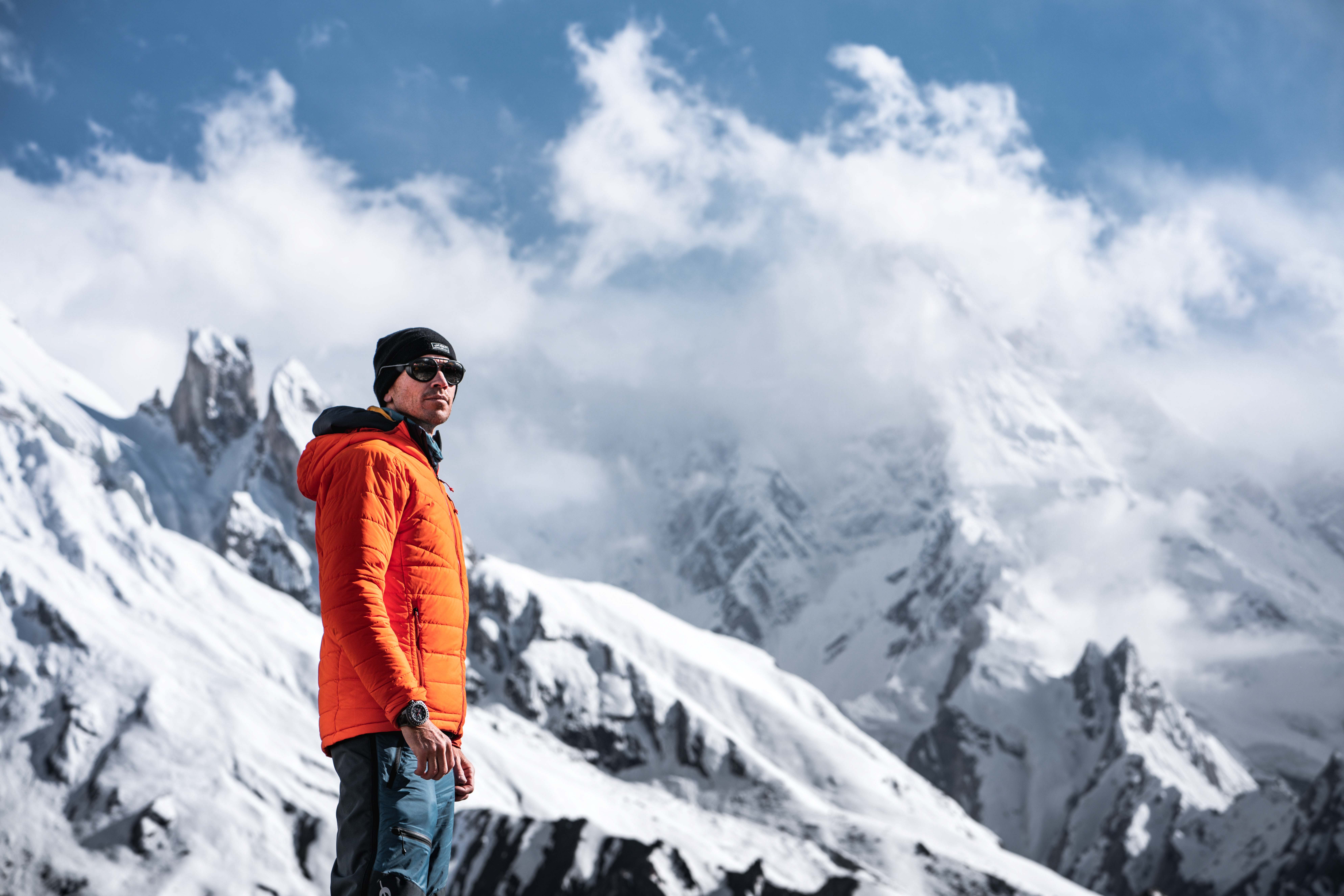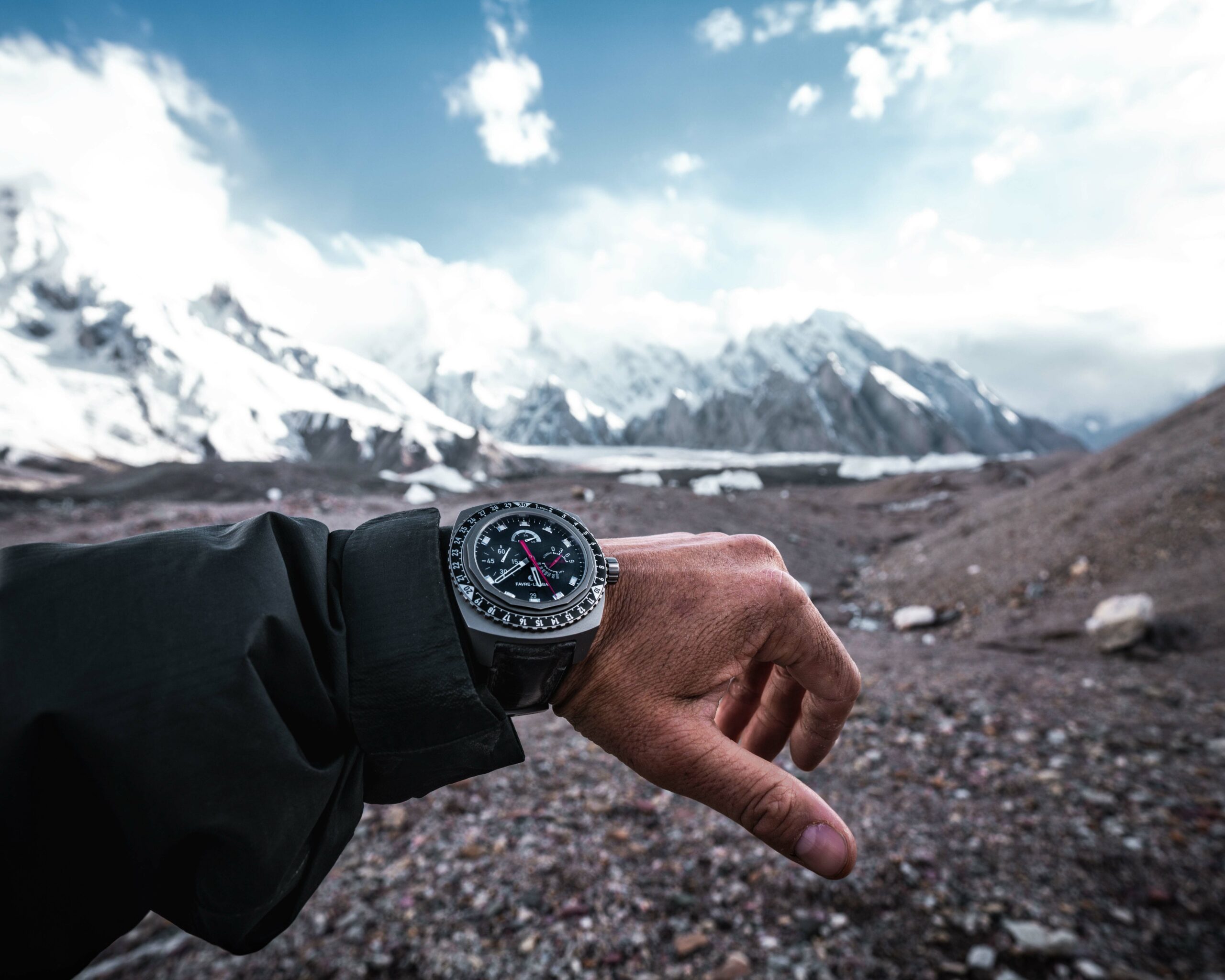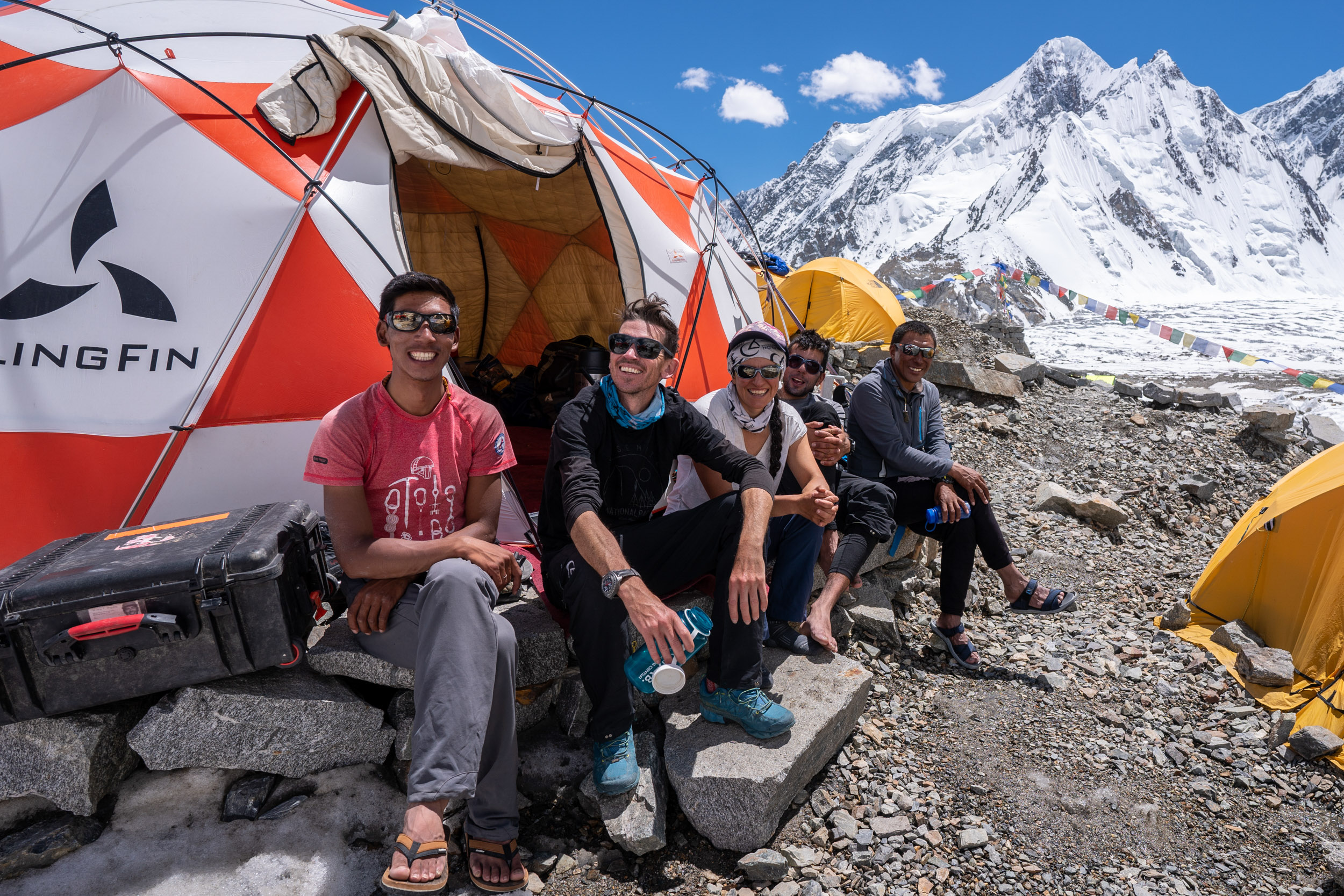K2, The Savage Mountain, is the second tallest mountain in the world. While slightly less tall than Mt. Everest, it is also considered a lot more difficult. The mountain is much steeper, requires thousands of meters of technical rock and ice climbing by even its easiest route, is subject to the region’s notoriously bad weather, and is exposed to almost constant rockfall and avalanches. Over its 65-year history since first being climbed, it has maintained a chilling fatality rate of over 20%. For those reasons, I have never been to K2 or its home, the Karakoram mountain range. But finally, after 25 years of full-time climbing, and 8 summits of Mt. Everest including one without oxygen, I decided it was time. I felt emotionally prepared for a mountain with this much risk, physically prepared after a year of focused and specific training, and fortunate to have an incredible teammate attempting K2 without oxygen alongside me, and 3 more friends who would support our attempt on oxygen.

But despite that preparedness and team, K2 did not begin hopefully. First, before even leaving home we heard the mountain had received more snow this past winter than in any past winter in the previous 30 years. We knew this could mean increased avalanche danger and almost impossible trail-breaking. Second, my climbing partner Carla and I both had to guide on Mt. Everest prior to heading to K2. This meant we would arrive at our dream mountain weakened and underweight from already spending a season at an extremely high altitude.


As we travelled into Base Camp and began climbing, the challenges continued. More than 200 climbers would attempt the mountain this season (double any previous season), which meant increased danger of rockfall and avalanches, and a lack of safe places to pitch tents. And I got sick…really sick. A 6-day trek to base camp took us 10 days as I was unable to move with debilitating gastrointestinal symptoms (I will spare you the details). Two courses of antibiotics did nothing to help. A diagnosis of a parasite and treatment with Flagyl finally began to help…but by this point, I had lost a few kilos of weight and just going from my sleeping tent to the bathroom was a struggle.


We continued fighting though, and despite almost being killed by an avalanche low on the mountain and struggling to carry heavy packs between camps while acclimatizing, we finally found ourselves at Camp 4, with my Bivouac 9000 reading 7800 meters. In this incredible but painful place, we had to make the decision that had been playing with us for weeks. Extreme avalanche conditions just above us on the mountain were unquestionable. The huge snow of the previous winter was still sitting on the mountain’s summit slopes, unstable and impossible to pass. Attempts by other teams on oxygen found chest-deep snow that caused numerous slides and injuries to the Sherpa attempting to break the trail. We knew we had to retreat.

The mountains teach patience like few other places. 90% of climbers this season retreated to base camp, packed up and went home, citing conditions too dangerous to attempt another summit push. Living on K2 is never comfortable, and weeks of hard climbing left everyone weak and beaten up. Going home seemed logical. But our team (and one other) chose differently. We decided we should wait…we did not know that anything would change, but we were willing to suffer a bit more time to see. It’s hard to describe those days as all the other climbers left base camp, racing for long-dreamed-of hamburgers and beers and ice cream. Our confidence constantly disappeared, and each day needed building back up through camaraderie and remembering why we had worked so hard for K2.

And on the 22 of July, the dreamed-of happened. A huge thunderstorm cell caused a wind event above 8000 meters. While we were climbing at 6000 meters in 60-kilometre winds, above 8000 meters 180-kilometre winds raged. While we did not know it until arriving at Camp 4 again, the upper mountain was completely stripped of snow. Blue ice shone in the sun, visible from far below. While the climbing would be much more technical on the steep ice, avalanche danger on summit day was no longer a risk. We would continue!
The 24th of July was a perfect summit night and day. Without oxygen, Carla and I climbed for more than 11 hours from Camp 4 to the summit. Our team and one other were the only climbers on the mountain, 11 people from the original 200. On the summit, I felt joy but also fear, so far away from safety on a mountain I knew demanded respect and killed far more on the descent than on the climb. But today, the mountain played nice. Exhausted but confident, we descended the almost 4000 vertical meters, and 2 days later were all back in Base Camp safe, and successful, finally able to celebrate.

It is rare in one season to experience such certainty that we had to retreat and fail, and then such certainty that we could and should push to our limits in an attempt to summit. As with my business and its harsh failures and joyous successes, our strength came in patience. It came in continuing to try to make small, almost impossibly small, forward progress towards our goal, even when everything was going wrong. It was in believing, or perhaps in trying even when we didn’t believe anymore, that we found ourselves in the position to summit K2 on a perfect day.
-Adrian Ballinger














